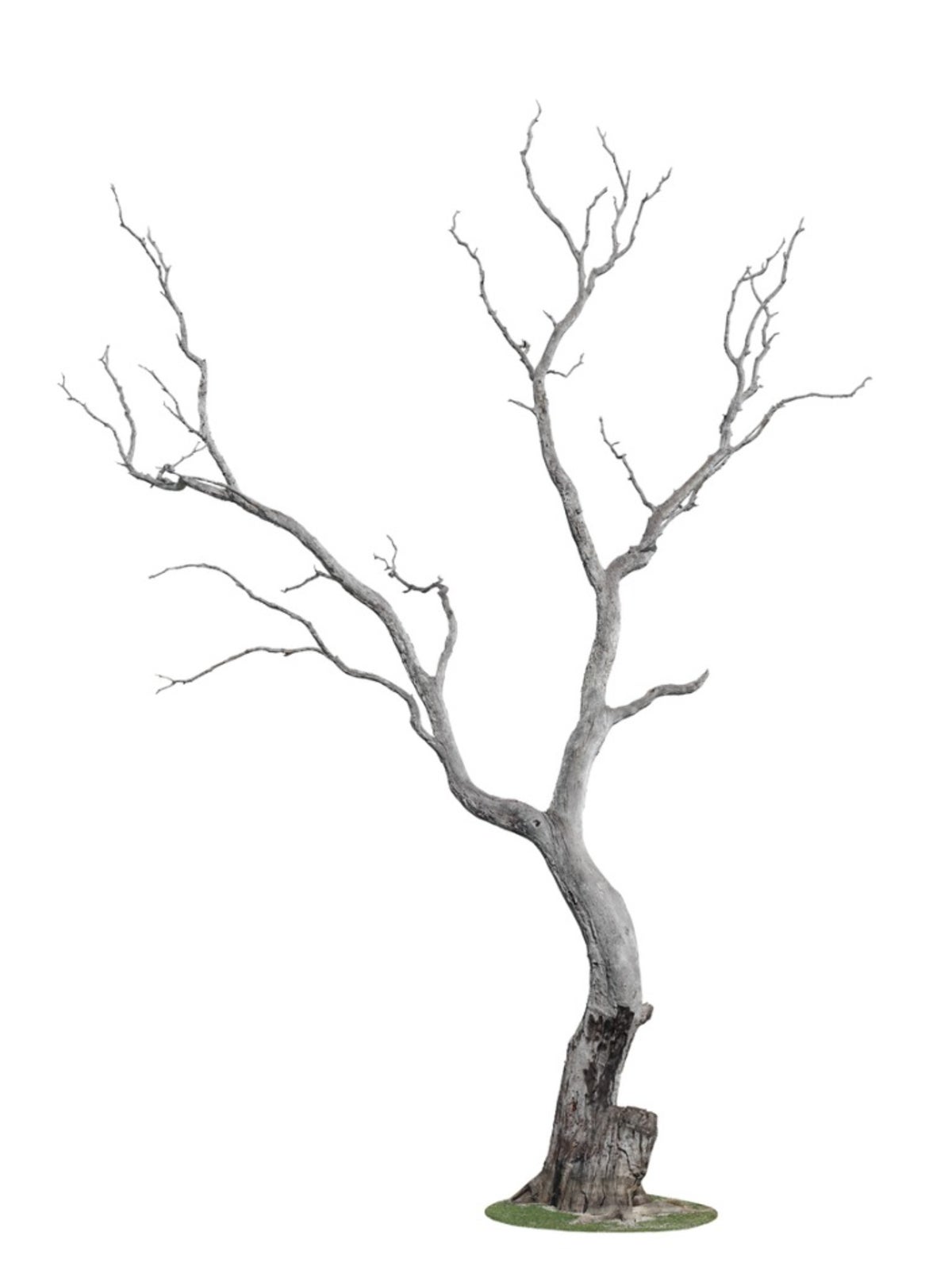How To Rehydrate A Tree: Fixing An Underwatered Tree


Trees need water to stay healthy, grow and produce energy by photosynthesis. If one or more of your trees has been deprived of water for an extended period, the tree is dehydrated and needs immediate help to survive.
If you have underwatered trees, you need to get them some water. Fixing dehydrated trees is more complex than simply turning on the hose, however. Read on for information about how, when and how much to water stressed trees.
When Your Tree is Dehydrated
You can tell if your tree is water stressed by looking at the foliage. Both leaves and needles turn yellow, scorch and even fall when the tree is deprived of water over a significant period of time. You can also dig around the tree roots a little to see whether the soil a few inches under is bone dry.
If your tree is dehydrated, it’s time to get an irrigation system in place to meet its needs. The hotter the weather and the less frequent the rain, the more water your underwatered tree will need.
How to Save a Dry Tree
Before you rush in to start fixing dehydrated trees, take the time to learn exactly what part of the tree needs water most. Obviously, the tree’s roots are under the soil and it is through the roots that a tree uptakes water. But exactly where should that water go?
Imagine the tree canopy as an umbrella. The area directly beneath the outside rim of the umbrella is the drip line, and it is here that the small, feeder roots grow, relatively close to the soil. Roots that anchor the tree in place are deeper and can extend beyond the drip line. If you are wondering how to rehydrate a tree, water it around the drip line, offering sufficient water to get down to the feeder roots, but also to the larger roots beneath.
How to Rehydrate a Tree
A tree needs quite a lot of water on a regular basis, at least once every few weeks during hot summer months. Each time you water, you should give it an amount of water equal to the diameter of the tree times five minutes of medium intensity hose time. For example, a tree with a diameter of 5 inches (12.7 cm.) should be watered for 25 minutes.
Sign up for the Gardening Know How newsletter today and receive a free copy of our e-book "How to Grow Delicious Tomatoes".
A drip hose works well to get the water to the tree, but you can also pierce holes 24 inches (61 cm.) deep around the drip line, putting in a hole every two feet (61 cm.). Fill those holes with sand to create a direct and long-lasting pipeline for water to run down to the roots.
It is ideal if you can use non-chlorinated water. If you have well water, that’s not a problem. But if you have city water, you can get rid of the chlorine by allowing the water to sit in a container for two hours before irrigating.

Teo Spengler is a master gardener and a docent at the San Francisco Botanical Garden, where she hosts public tours. She has studied horticulture and written about nature, trees, plants, and gardening for more than two decades, following a career as an attorney and legal writer. Her extended family includes some 30 houseplants and hundreds of outdoor plants, including 250 trees, which are her main passion. Spengler currently splits her life between San Francisco and the French Basque Country, though she was raised in Alaska, giving her experience of gardening in a range of climates.